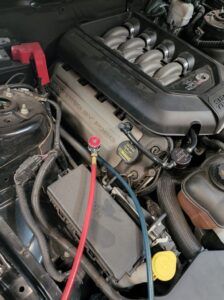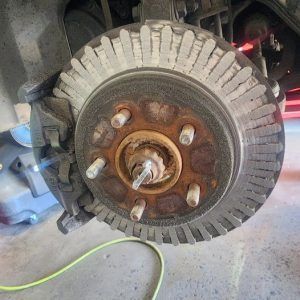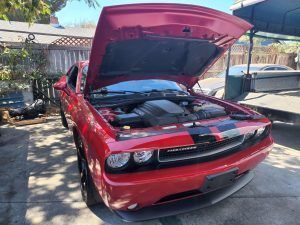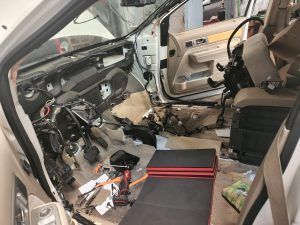How Do Oil Filters Work?
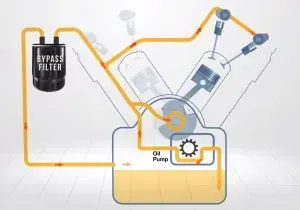
Let’s say one day you’re getting an oil change and oil filter replacement, sitting in the waiting room and you start wondering, “how do oil filters work anyway?” Curious one, you are, and with good questions too! In the spirit of answering your hypothetical rhetorical question, let’s talk about how oil filters work. We believe in providing the best auto repair services!
Structure Of An Oil Filter
Whether you’re getting a conventional oil or synthetic oil change, the same oil filter does the same job. Well, really the structure of the filter and the engine’s oil pump is doing the job.
Rather simply, a modern oil filter is a just canister with a filter inside. The oil filter seals tightly onto the engine and the oil pump circulates engine oil into the canister and over the internal oil filter. The internal oil filter captures particulates like dirt, grime, and other engine boogers out of the engine oil and then circulates it back into the engine. The internal oil filter looks like most traditional HEPA air filters, but it’s circular and is made from materials especially suited to capture oil garbage. Visit us today
We found a perfect video that explains exactly how oil filters work in less than 2 minutes, but we do suggest you mute it. It’s an advertisement for Bosch filters we are not endorsing it in any way, but it does the job perfectly:
Bypass VS Full-Flow Filter Systems
In a full-flow oil filter system, all lubricating engine oil is filtered from the oil filter back into the engine to be used again immediately, as described above.
In a bypass filter system, an additional filter captures a small portion of oil circulating from the oil pump during filtration. That is then filtered through a finer mesh filter that catches dirt as small as 2 microns. That’s more than half as small as the 5 microns of a typical full-flow filter. For comparison, human hair is about 150 microns thick. Learn more about oil
This cleaner oil is passed back into the engine sump (oil pan) to be used by the engine like normal. Bypass filters have a low flow rate to keep them from impacting the flow rate of primary engine lubricant.

Now that you understand how oil filters work, you may want to head on over to our blog to read more car, truck, and auto repair-related content that we’re putting out regularly now! Just click on the related links to the right side of any blog post to read more!
If you need oil service in Chico, though, don’t forget Tedious Repairs is always here to help! You don’t have to change oil filters or replace oil fluid yourself if you don’t want to, especially not under the hot summer sun! Give us a call today using the contact information below, and you can schedule an oil change appointment in no time.
And tune in next week for more car tips, news, and more. Thanks again for reading!


